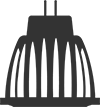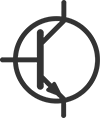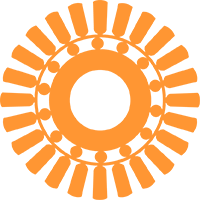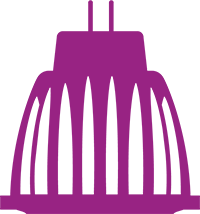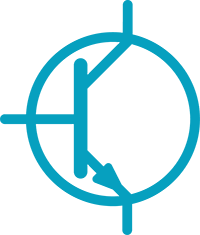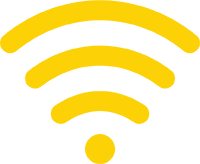Drawing on the recently published IEA 4E SSL Annex’s quality and performance tiers, Australia’s Equipment Energy Efficiency (E3) Program has released a consultation regulation impact statement (RIS) considering policy options to improve the energy efficiency of residential and commercial lighting in Australia and New Zealand.
Around 80 million lamps are sold in Australia each year, with an estimated installed stock of more than 400 million. A further 20 million lamps are sold in New Zealand each year, with an estimated installed stock of more than 90 million (LED, CFL, filament and linear fluorescent lamps).
The RIS consultation paper raises a number of issues that are restricting the uptake of energy efficiency lighting. These issues have resulted in the community consuming more energy and producing more emissions than is necessary to meet their lighting needs.
The average Australian home has 37 lamps and the average New Zealand home has 26 lamps (both according to recent surveys). Lighting accounts for around 10-12 per cent of the average household’s electricity use in Australia and New Zealand. In the commercial sector, lighting accounts for 18 to 40 per cent of electricity end-use in Australia and about 39 per cent in New Zealand.
Current minimum energy performance standards have gone some way to achieving the policy objective of promoting and improving lighting energy efficiency, but there is significant scope to revise the standards and further improve energy efficiency and reduce greenhouse gas emissions.
Four key policy options are outlined in the RIS consultation paper. These include:
- introduction of MEPS for LED lamps and integrated luminaires
- introduction of MEPS for non-integrated commercial luminaires
- increasing incandescent and halogen MEPS (Australia only) to remove the most inefficient lamps
- introduction of mandatory labelling for lamp products primarily used in the residential sector
The proposed MEPS for LED lamps and integrated luminaires draw on the recently published IEA 4E SSL Annex’s quality and performance tiers (Australia is one of the countries participating in the SSL Annex). These tiers represent a portfolio of suggested model performance guidelines that can either be used for harmonising standards or simply as a guide for setting requirements for various lighting programmes.
Some households and businesses with inefficient lighting may be required to upgrade their existing lighting systems in the move to higher energy-efficiency. The E3 Program is working closely with stakeholders to minimise upgrade costs and ensure a smooth transition.
The RIS consultation paper, along with information on public consultation sessions and how to make a submission are available on Australia’s Energy Rating website at: https://www.energyrating.gov.au/consultation/consultation-ris-lighting

























